In “Climate Change Is Stressing the World’s Blood Supplies,” the New York Times (NYT) claims that global warming is now threatening the blood supply by causing extreme weather events that disrupt donations, transport, and safety. This is misleading at best. Since extreme weather events aren’t increasing or becoming more severe, it is unclear how climate change could be causing unusual disruptions in the blood supply.
The NYT article’s central thesis—that climate change is to blame for blood shortages during weather events—ignores a mountain of context and contradicts broader data on both weather trends and health system resiliency. Extreme weather has always existed and when it strikes it disrupts normal services, nothing has changed. Extreme weather does NOT equate to evidence of climate catastrophe. Also, there is no scientific evidence that CO₂-driven climate change is causing a new global blood crisis.
The assumption made by the writers in the NYT article that extreme weather events are increasing globally due to climate change is specifically refuted by widely available data. As this article from Climate Realism explains, there is no long-term trend showing increases in the number or severity of hurricanes, floods, or wildfires when corrected for improved detection and population growth in high-risk areas.
The Intergovernmental Panel on Climate Change—the United Nations’ body often cited as the climate authority—admits in its AR6 report that trends of most types of extreme weather events such as hurricanes and tornadoes are low confidence or have not increased globally. Also, data from the U.S. National Oceanic and Atmospheric Administration shows a flat or declining trend in U.S. hurricane landfalls over the last century.
The article references Hurricane Helene and California wildfires causing canceled blood drives. Blood drives get canceled during any large-scale disaster, regardless of cause. Earthquakes, power outages, cyberattacks, and even snowstorms can have the same effect. Weather-related disruptions have always occurred, and blaming every instance of logistical difficulty on “climate change” is not scientific; it’s opportunistic.
Attributing specific disasters or their effects to global climate trends involves significant uncertainty and usually relies on speculative models—not observed data. Most of these studies, like the one cited in The Lancet Planetary Health, suffer from selection bias, vague definitions of “extreme,” and worst-case emissions scenarios that do not reflect actual trends either emissions or weather.
The editorial also throws in another fear: that warming is causing a rise in blood-transmissible diseases like West Nile, Zika, and dengue. This conflates local outbreaks with global climate trends. Climate Realism has debunked this claim numerous times, pointing out that these diseases are far more influenced by land use, sanitation, and international travel than by temperature changes. Even the World Health Organization acknowledges that urbanization, deforestation, and global mobility play larger roles in disease spread than global climate change.
Linking disruptions in the blood supply to global warming is problematic for other reasons as well. For instance, it fails to rule out other factors which limit or expand the pool of eligible donors. Blood screening technologies continue to improve, and the pool of eligible donors adjusts based on public health guidelines. The article discusses the pandemic’s impact on blood donations, but that had nothing whatsoever to do with climate change so bringing it up in this article is simply misdirection and misplaced attribution to advance the popular but false mainstream media narrative that climate change is linked to everything bad.
The article closes with vague suggestions that AI might help us predict blood supply disruptions due to climate events. This techno-optimism is a smokescreen, conveniently ignoring that we already have predictive tools for weather, logistics planning, and blood supply management. There’s no new threat being introduced here—just the rebranding of ordinary healthcare system challenges as climate emergencies.
This article shows that the NYT continues to be wedded to promoting pseudoscientific climate alarmism. Rather than investigating the real causes complicating and limiting blood donation and delivery, ranging from donor apathy to poor planning, NYT chose to blame climate change: the convenient boogeyman for everything from crime, to immigration, to acne—now apparently, it’s coming for your blood. This NYT article is a perfect example of confirmation bias, cherry-picked anecdotes, and appeals to authority masquerading as science. This story lacks journalistic rigor. The story’s author uncritically parrots yet another flawed, agenda-driven study, without apparently investigating and confirming any of its assertions. Had she done even a modicum of research into the issue, and the writer were an honest broker, she would have been forced to conclude that because data shows that climate change isn’t causing more extreme weather, it can’t be creating new problems for the blood supply system.


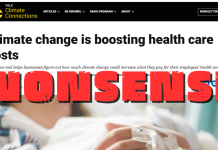










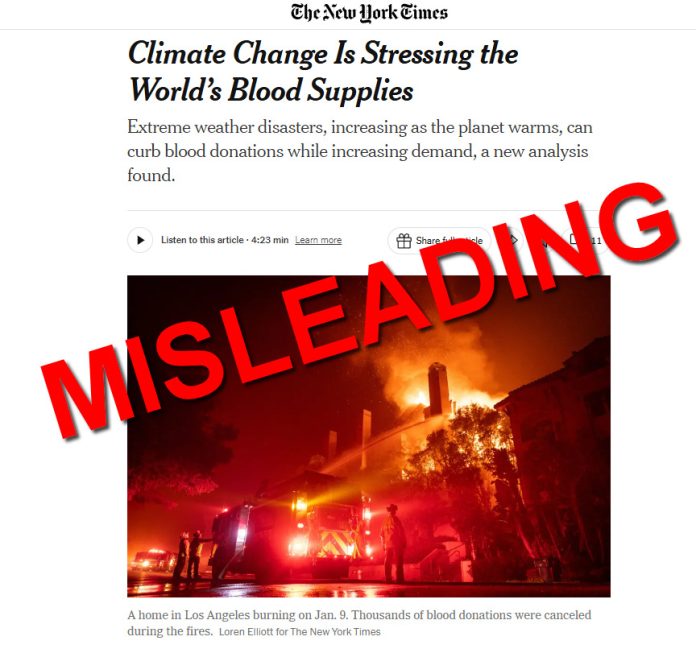
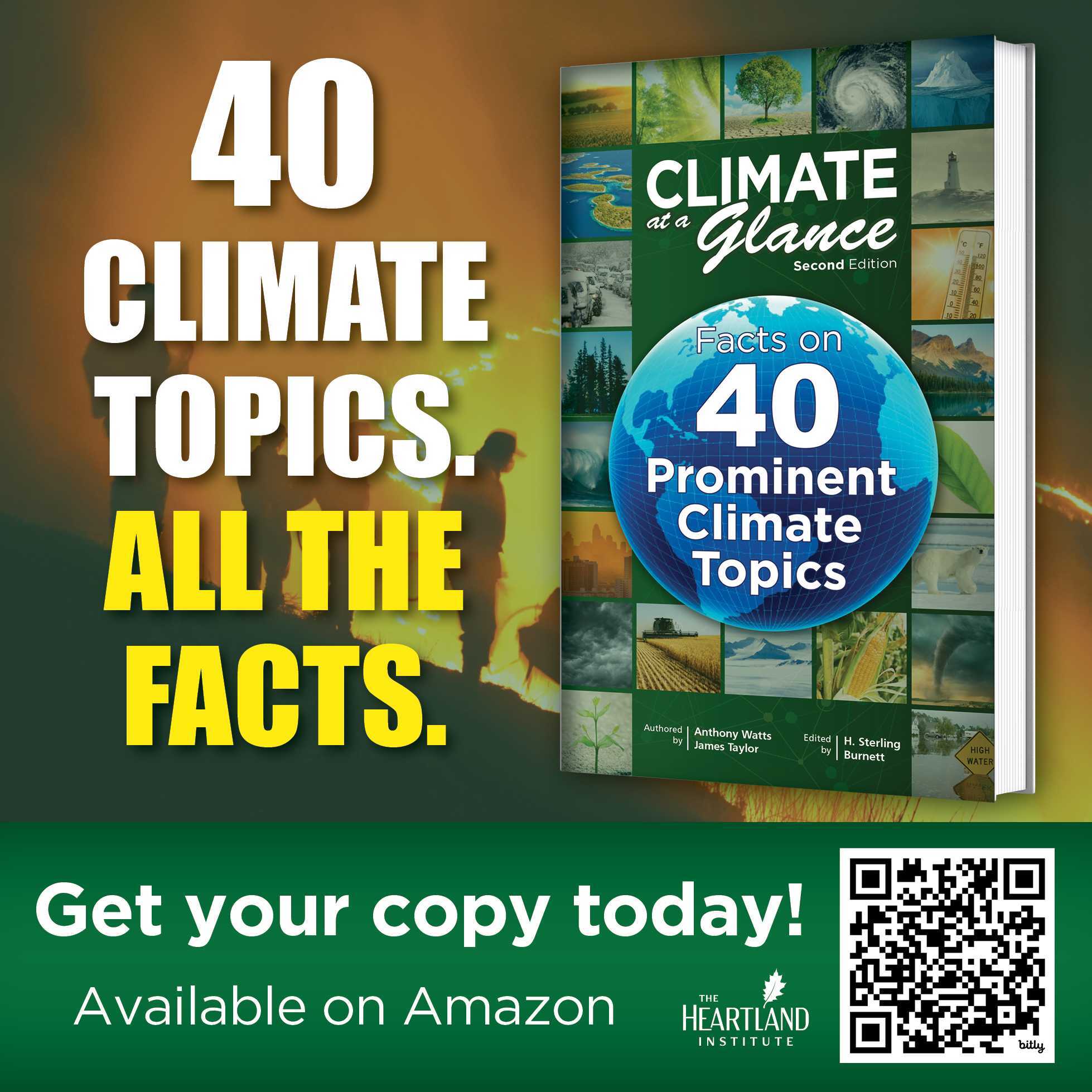
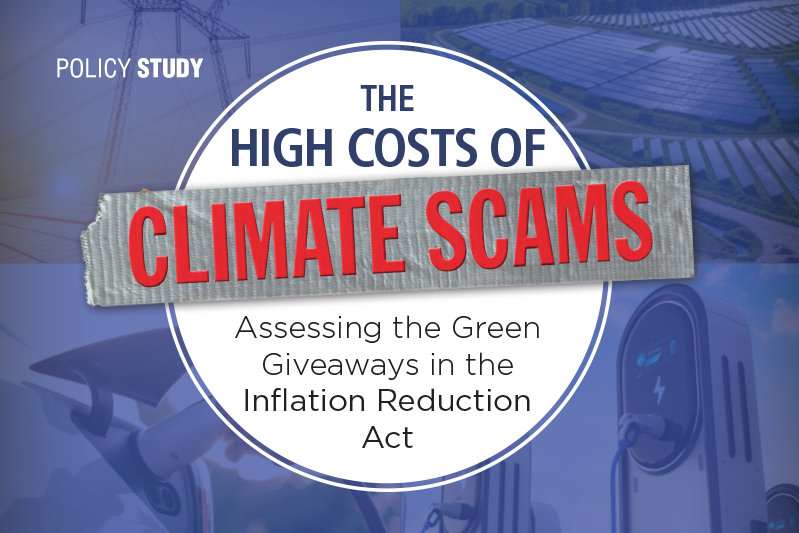
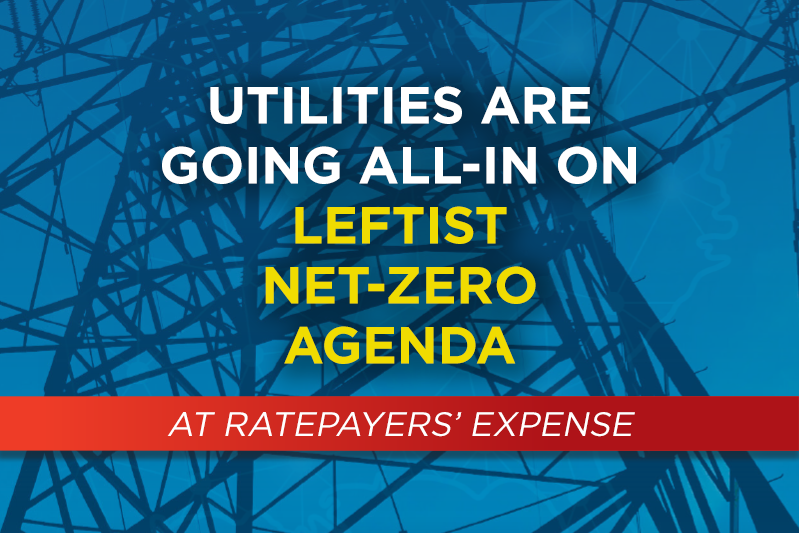

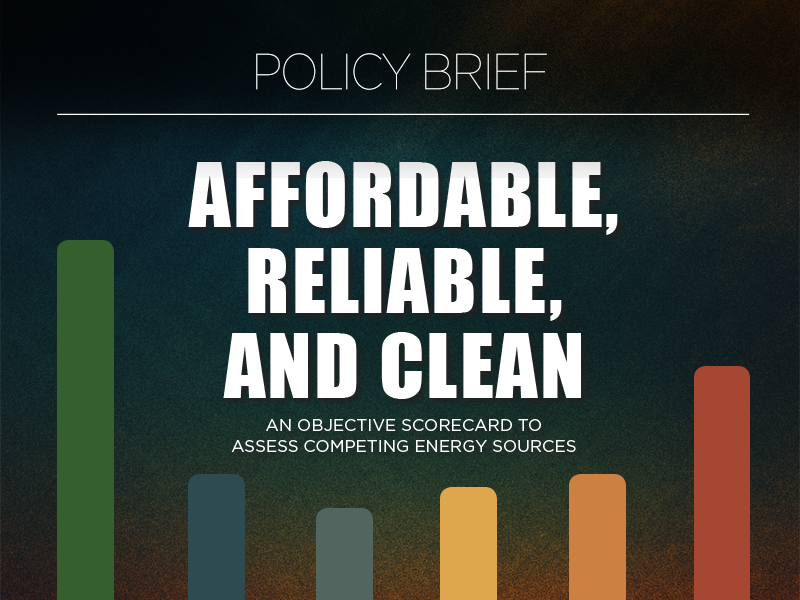
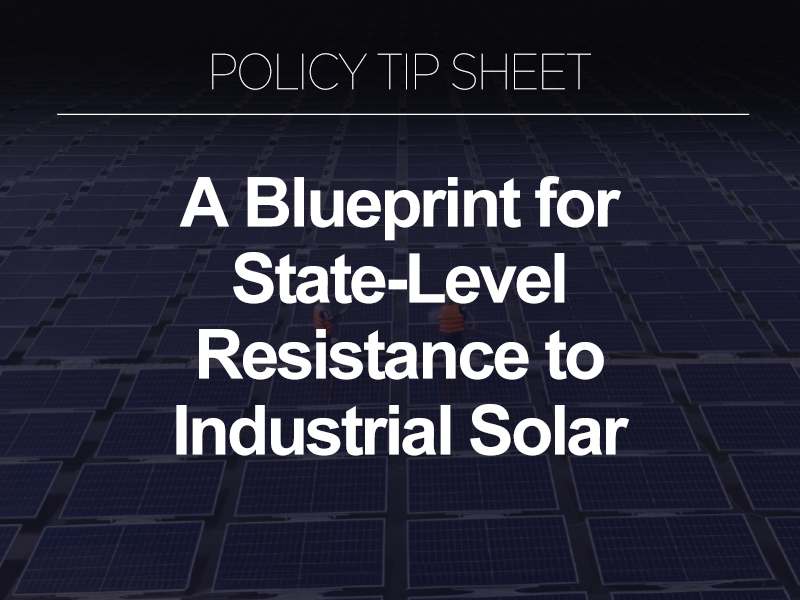
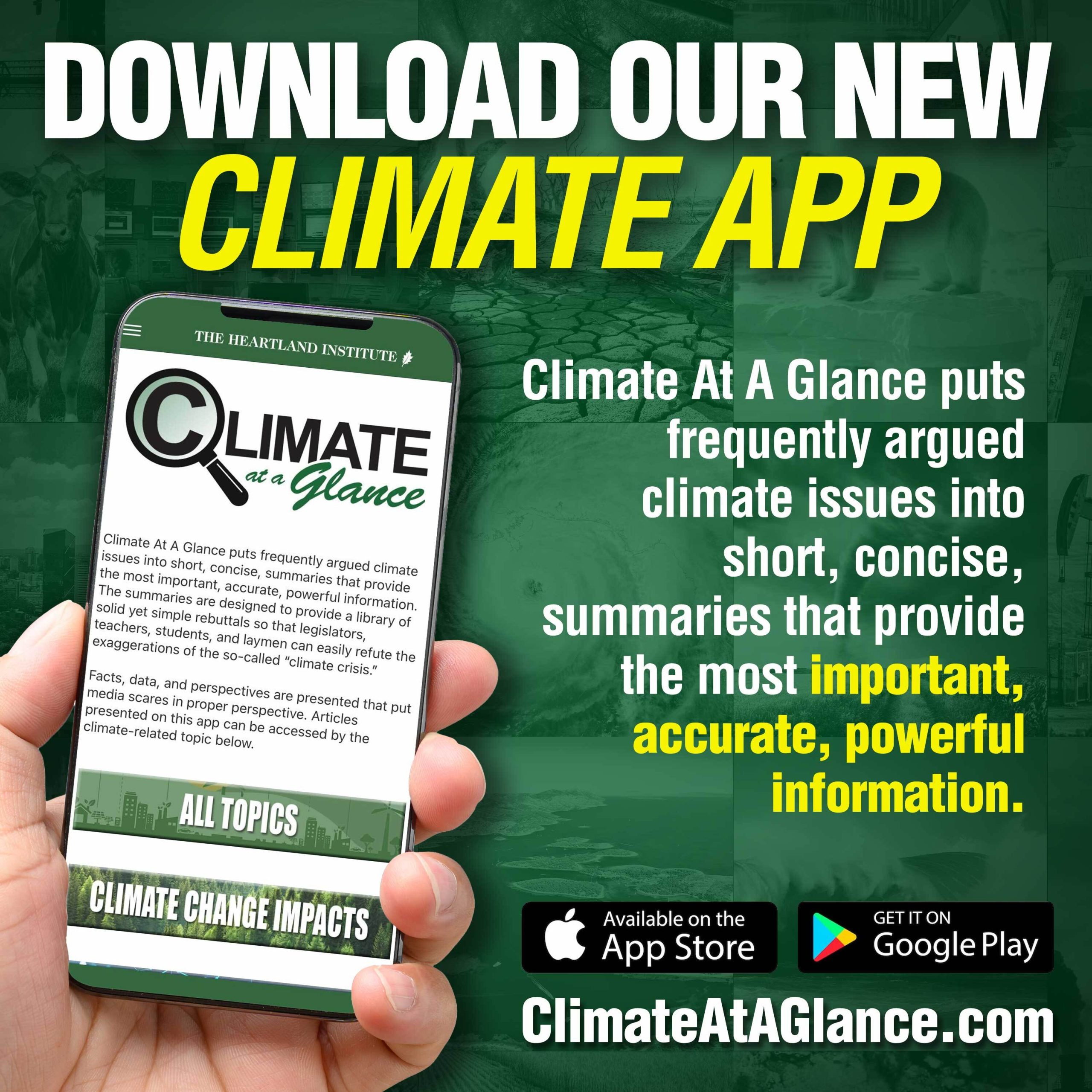
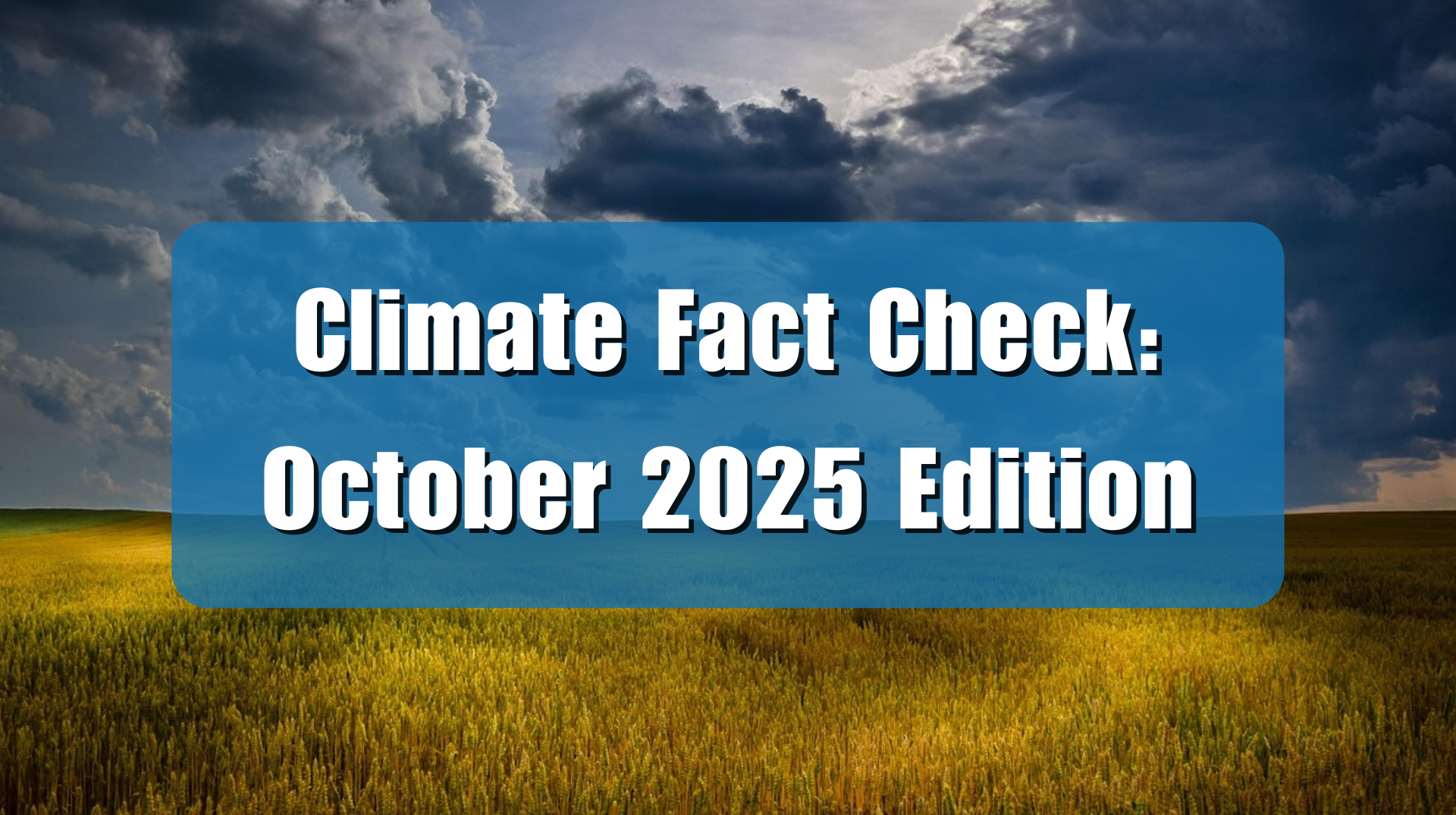
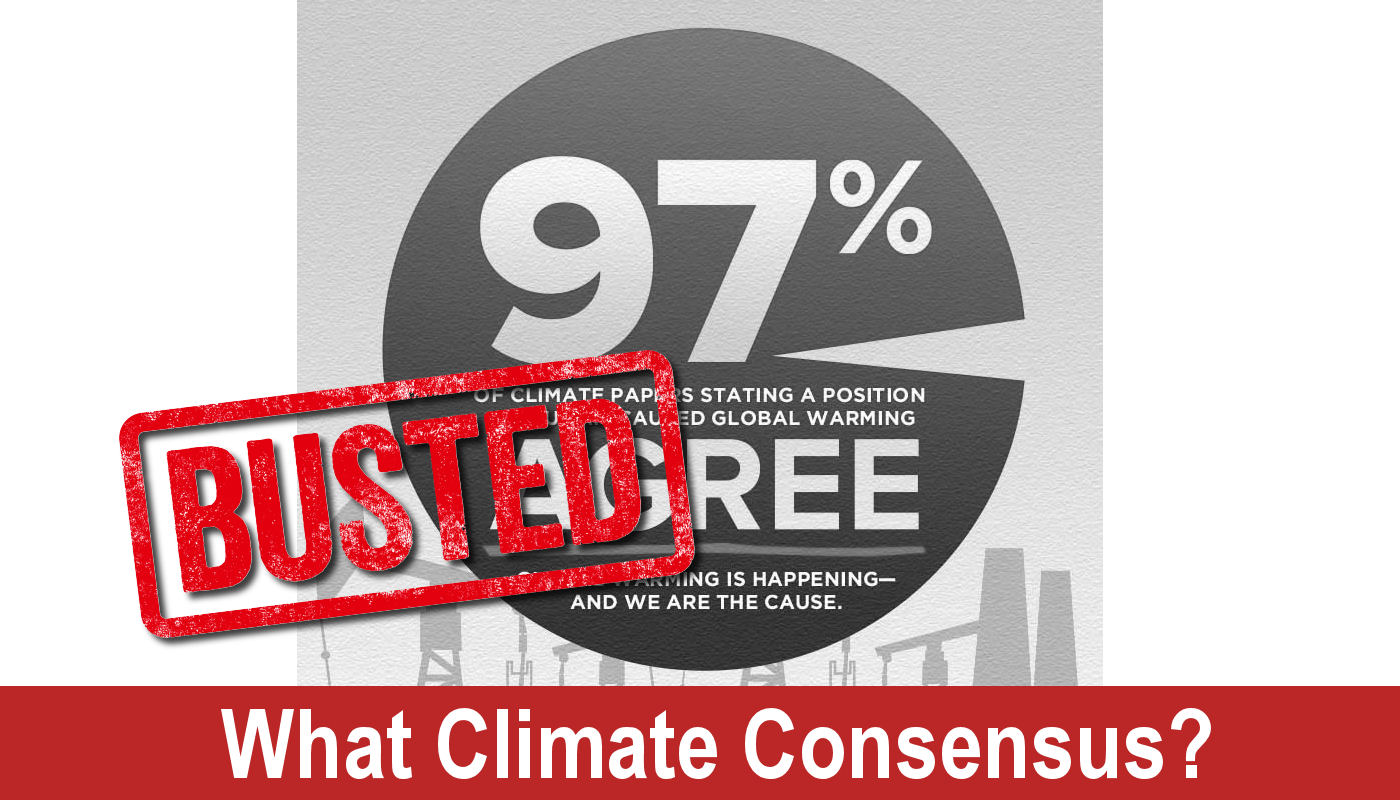
Pseudoscientific? I believe that anti-scientific is more appropriate. Also, I refer to the promoters of the same as scion-tists: take away their theft of taxpayers’ money and they will disappear.